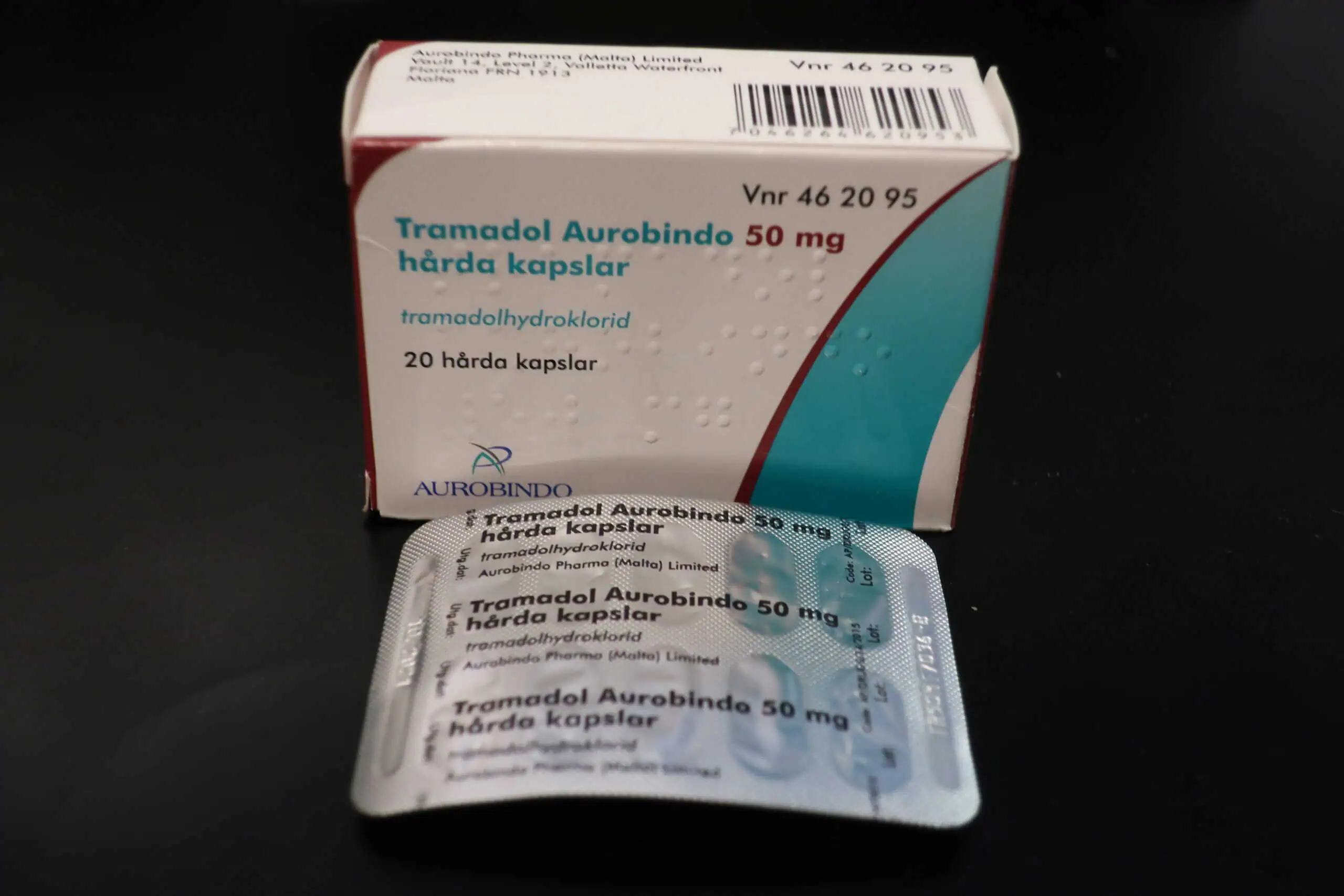Exact Answer: 1-4 days
Tramadol is used in the treatment of severe pain since it is a synthetic opioid analgesic medication. Furthermore, the drug has different brand names, including FusePaq, Ryzolt, ConZip, Ultram, Rybix, and Synapryn.
Understanding how long tramadol stays in your system will give you a better understanding of the precautions required when interacting with the drug. You should not use this drug on your children before consulting a physician.
In this article, we shall discuss how long it takes for tramadol to get out.

How long it take for tramadol to get out?
Tramadol is prescribed to a patient after surgery. The drug will help him or her to overcome the severe pain associated with the surgery. Furthermore, the medication can be prescribed to patients with severe cancer pains.

Usually, tramadol is detectable in the urine for approximately one to four days after the last consumption. In the hair, tramadol can be detected after four to six months of consumption, whereas in the blood, it can be detected within 12 to 24 hours after use.
You should note that when used directly, tramadol is considered to be safe and very effective; however, when misused, it creases the risk for addiction and high dependency.
Using tramadol as a recreational drug is considered to be risky and can lead to overdose. Fortunately, there are various treatment programs for guiding an individual through the addiction recovery process.
Why does it take long for tramadol to get out of the system?
Time taken for tramadol to get out of the system will highly depend on individual metabolism. How you metabolize the drug will influence the time taken for it to be washed out of your system.
Furthermore, the amount of tramadol you consume will affect the time taken for it to be cleaned out of your system.
How does the tramadol act in our system?
As previously mentioned, by understanding how tramadol acts in our body, you will know how long it takes to get out of the system. Usually, tramadol works specifically on pain receptors that are located in your brain and the entire central nervous system.
The drug inhibits the reuptake of two neurotransmitters, which are serotonin and norepinephrine. The pain-relieving effects kick in within an hour and peaks after two to four hours after being induced.
Tramadol features extended relief versions that dispense dosages in stages over an extended period. This indicates that one extended relief pill will act for an extended period in your system.
When it is active, tramadol causes pupil constriction as well as it depresses breathing. Furthermore, it reduces motility in the digestive system; therefore, the time taken to digest your food will be extended, and the chances of you having constipation are high.
Conclusion
Despite being an excellent painkiller, overdosing tramadol can lead to severe health issues such as;
- Coma
- Unconsciousness
- Muscle weakness
- Decreased respiration
- Drowsiness
- Seizures
- Difficulty in breathing
- Reduced pupil size
If you have to undergo any urine drug test when using tramadol, it is advisable to disclose the information to the lab technician for you to acquire relevant results.
References
https://link.springer.com/article/10.2165/00003495-199400471-00003